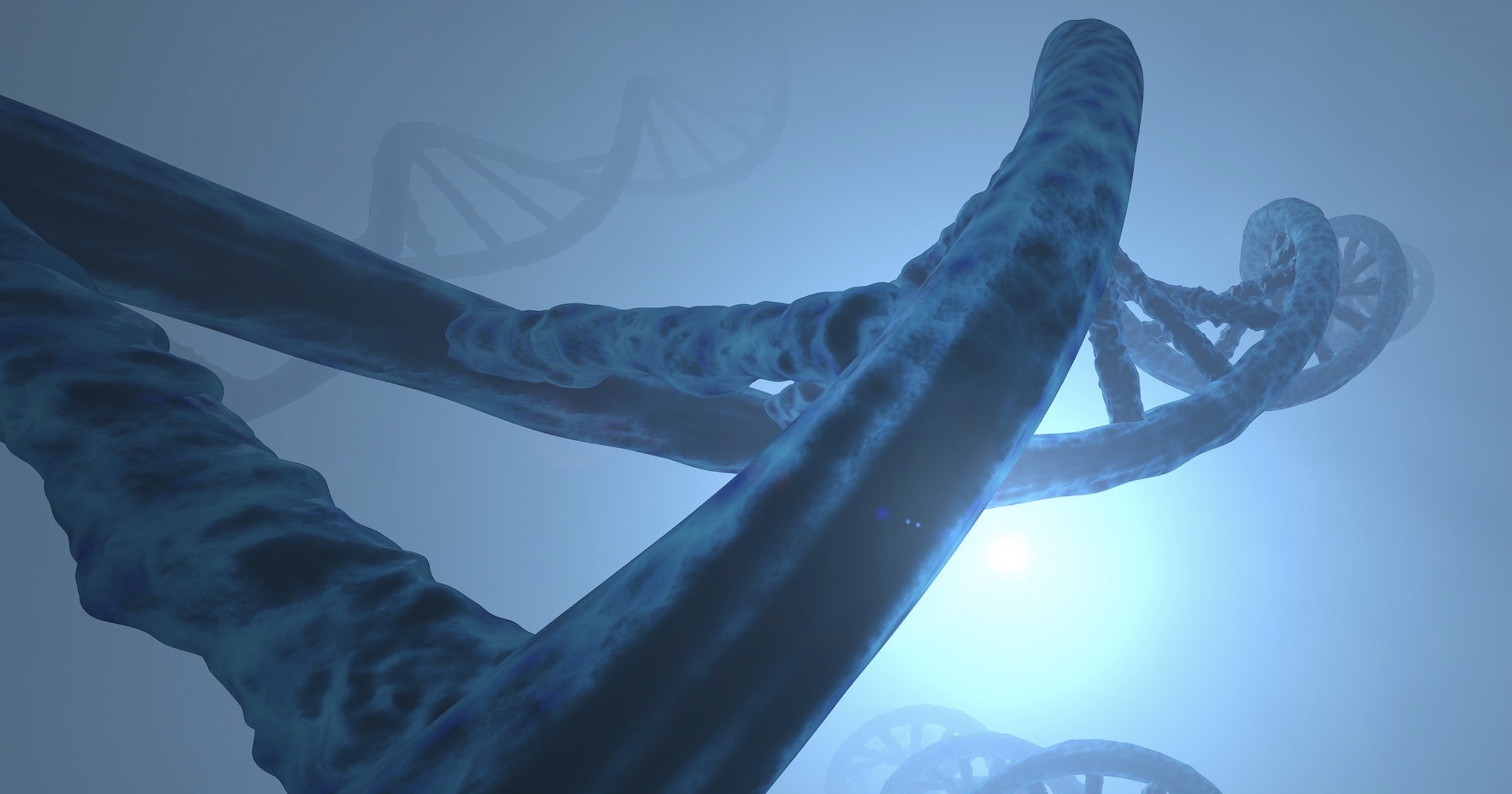 Intelligent Design
Intelligent Design
Just Down the Street from ID: “Molecular Assembly Index”

This is just down the street from intelligent design. From a paper, “Identifying molecules as biosignatures with assembly theory and mass spectrometry,” in Nature Communications (open access):
…we hypothesized that the very complex molecules made in any biochemical system could be distinguished from those produced in a non-biochemical system. This is because living systems appear to be uniquely able to produce a large abundance of complex molecules that are inaccessible to abiotic systems, where the number of small organic molecules, allowed by the rules of chemistry, is practically infinite.
The argument continues (emphasis added):
For example, the natural product Taxol, is an example of a molecule that could be a biosignature — this is because it is so complicated, that the probability of its formation abiotically in any detectable abundance (>10,000 identical copies) would be very small. One reason for this is that there are at least more than 10exp23 different molecules possible with the same formula as Taxol, C47H51NO14 (molecular weight of 853.9), and this analysis excludes the fact that Taxol incorporates 11 chiral centers which means it has 211 or 2048 possible diastereomers. The selection of one such possibility out of the combinatorically large number of possibilities is a process that requires information. In the absence of such information encoding and decoding processes, relatively few constraints can be placed on a chemical system — only those that are encoded in the laws of physics and the local environment — which cannot provide the specific set of biases needed to produce complex molecules such as Taxol in abundance.
Their approach (emphasis added):
…we have devised a theory of molecular complexity that is experimentally verifiable. By mapping the complexity of molecular space it is possible to place molecules on a scale of complexity from those able to form abiotically to those so complex they require a vast amount of encoded information to produce their structures, which means that their abiotic formation is very unlikely.
The publication is here. Figure 1, “Assembly pathways,” is helpful.
